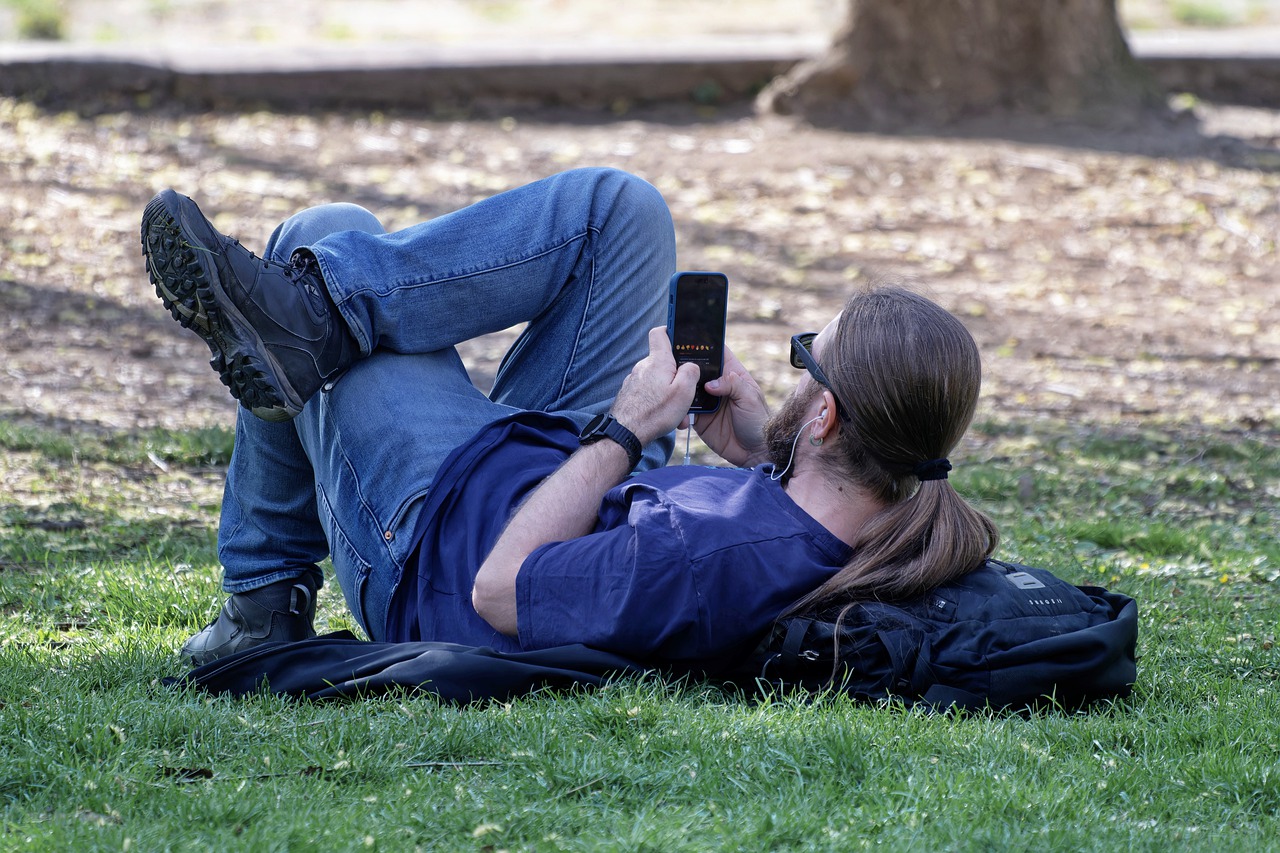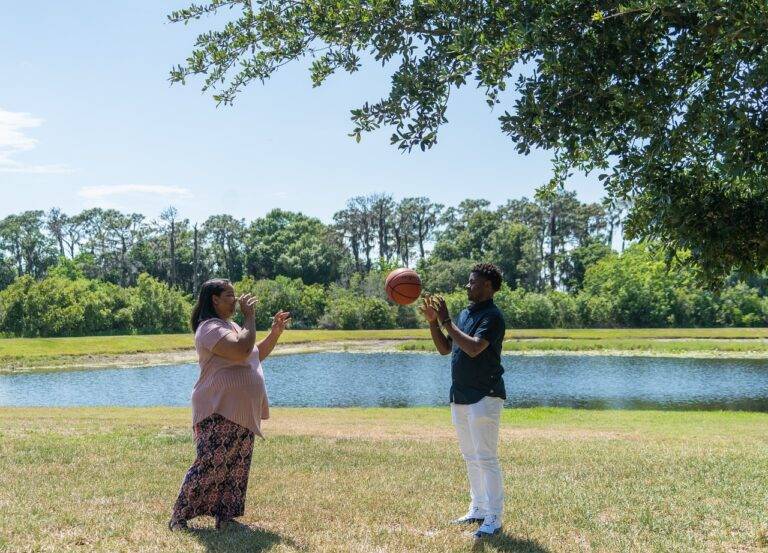Sustainable Fashion Secondhand Shopping Tips: Finding Gems in Thrift Stores and Consignment Shops
When diving into the world of secondhand shopping, it can be overwhelming to know where to begin your search. One of the best places to start is by checking out local thrift stores in your area. Thrift stores often have a wide range of items, from clothing to home goods, at affordable prices. You never know what gems you might find tucked away on the shelves.
Another great option is to explore consignment stores in your neighborhood. These stores typically offer higher-end items that are curated and in good condition. The prices may be a bit higher than thrift stores, but you are more likely to find quality pieces that have been well taken care of. Consignment shops are a great place to look for designer items at a fraction of the retail price.
Understanding Different Types of Secondhand Stores
One category of secondhand stores is thrift stores, which often operate as nonprofit organizations aiming to support charitable causes. These stores typically sell donated goods at relatively low prices, making them popular among bargain hunters and those looking for unique items. Thrift stores are known for their eclectic mix of items, ranging from clothing to furniture to books.
Another type of secondhand store is consignment shops, where individuals can sell their gently used items through the store in exchange for a percentage of the sale price. This model allows for a curated selection of quality items, as the store owners can be more selective in what they accept. Consignment shops are often favored by those looking for higher-end or designer items at a fraction of the original cost.
Tips for Finding Quality Items
Quality items can often be found in secondhand stores if you know what to look for. One tip is to carefully inspect the fabric and materials of the item. Higher quality pieces are usually made with better materials and show fewer signs of wear and tear.
Another tip for finding quality items is to pay attention to the craftsmanship and construction of the piece. Look for well-made seams, sturdy buttons, and overall attention to detail. Quality items are typically made with care and precision, so taking the time to inspect these details can help you find items that will last longer and stand the test of time.
How to Check for Wear and Tear
When inspecting secondhand items for wear and tear, it is crucial to carefully examine all areas of the piece. Start by checking the seams and stitching to ensure there are no loose threads or tears. Pay close attention to any buttons, zippers, or clasps to see if they are securely fastened and in good working condition. Additionally, inspect the fabric for signs of pilling, fading, or discoloration, which could indicate frequent use or poor quality material.
Next, assess the overall structure of the item by gently tugging on different sections to test for strength and stability. Look for any bulging or stretching in the fabric, as well as potential signs of sagging or misshapen areas. Don’t forget to scrutinize for any stains, odors, or snags that may detract from the item’s appearance or functionality. By conducting a thorough examination, you can ensure that you are investing in secondhand pieces that are not only aesthetically pleasing but also durable and long-lasting.
Navigating Sizing Differences
When it comes to shopping in secondhand stores, one of the biggest challenges can be navigating sizing differences. Unlike traditional retail stores where sizes tend to be consistent across brands, secondhand items can vary greatly in their fit. It’s important to keep an open mind and be willing to try on different sizes, even if they may not align with your usual size.
When trying on secondhand clothing, don’t solely rely on the labeled size. Pay attention to how the garment feels on your body and how it drapes. Sizing standards have evolved over the years, so a vintage size 8 may not fit the same as a modern size 8. Experiment with different sizes and be open to alterations if you find a piece you love but it doesn’t quite fit perfectly.
Spotting Designer and High-End Pieces
When browsing through secondhand stores, keep an eye out for quality materials and craftsmanship that are indicative of designer and high-end pieces. Luxury brands often use superior fabrics, intricate detailing, and precise stitching in their garments and accessories. Look for items with well-known designer labels or logos, as they are usually a sign of an upscale brand.
Additionally, pay attention to the overall design and aesthetic of the piece. High-end items tend to have unique and distinctive styles that set them apart from mass-produced clothing. Look for classic silhouettes, timeless patterns, and elegant finishes that exude a sense of luxury and sophistication. By developing an eye for quality and design, you can spot designer and high-end pieces amidst a sea of secondhand treasures.
Maximizing Your Budget
When shopping for secondhand items, maximizing your budget is key to getting the most out of your experience. One way to stretch your dollar is to keep an open mind and be willing to explore different stores and sources. You never know where you might find a hidden gem at a bargain price, so don’t limit yourself to just one place.
Another tip for getting the most bang for your buck is to prioritize quality over quantity. Instead of buying multiple cheaper items, consider investing in higher-quality pieces that will last longer and hold their value. This way, you can build a wardrobe or home filled with items that you truly love and that will stand the test of time.
Negotiation Strategies
When it comes to negotiating the price at a secondhand store, it’s important to approach the situation with confidence. Start by politely asking if the seller is open to negotiation. Remember to be respectful and considerate throughout the conversation.
If the seller is willing to negotiate, suggest a price that you believe is fair for the item based on its condition and value. Keep in mind that it’s always good to have a maximum price in mind that you’re willing to pay. Be prepared to walk away if you and the seller can’t agree on a price, as there may be other similar items available elsewhere.
Cleaning and Care Tips for Secondhand Finds
When it comes to maintaining your secondhand treasures, proper cleaning and care are essential. Before using any cleaning products, always refer to the care label instructions on the item to ensure you are treating it correctly. Items made from delicate fabrics or materials may require special care, such as gentle hand washing or dry cleaning.
For clothing items, consider using a fabric shaver to remove any pilling or fuzz that may have accumulated over time. To freshen up your finds, hanging them outside on a sunny day can help eliminate any musty odors. For accessories and shoes, a damp cloth with a mild soap can often do the trick to remove dirt and grime. Remember that investing a little time and effort into cleaning and caring for your secondhand items can help prolong their lifespan and keep them looking their best.
Donating and Recycling Unwanted Items
When it’s time to part ways with items you no longer need or use, consider donating them to local charities or organizations. By giving your unwanted goods to those in need, you can make a positive impact in your community and help support worthwhile causes. Many donation centers accept a wide range of items, from clothing and household goods to books and electronics, so there are plenty of opportunities to contribute.
If your items are no longer in suitable condition for donation, recycling is a responsible alternative. Recycling electronics, textiles, and other materials reduces waste and promotes sustainability. Many communities offer recycling programs or facilities where you can drop off items for proper disposal or repurposing. By choosing to recycle, you can play a role in conserving resources and minimizing environmental impact.
Where can I donate unwanted items?
You can donate unwanted items to local thrift stores, charities, shelters, or organizations that accept donations.
How can I ensure that my unwanted items are properly recycled?
Research recycling facilities in your area that accept specific items like clothing, electronics, or furniture. Make sure to follow their guidelines for recycling.
Is it better to donate or recycle unwanted items?
Both options are beneficial for the environment. Donating can help those in need, while recycling reduces waste and conserves resources.
Can I donate items that are broken or damaged?
It’s best to donate items that are in good condition and still usable. Consider recycling broken or damaged items instead.
How can I find out if a secondhand store accepts donations?
Contact the store directly or check their website for information on donation policies and accepted items.
Are there any tax benefits to donating unwanted items?
In some cases, donations to charitable organizations can be tax-deductible. Check with your tax advisor for more information on tax benefits for donations.







